Effective Tips to Make a Video Longer Without Losing Viewers
Advertisement
Sometimes, a video ends up being too short—whether it's for meeting platform requirements, improving viewer engagement, or simply getting more out of the content you already have. The good news is that you don't need to start from scratch. With the right approach, even short clips can stretch further without feeling stretched thin. Here's how to do it.
9 Tips & Tricks on How to Make a Video Longer
Slow Down the Playback (But Keep It Natural)
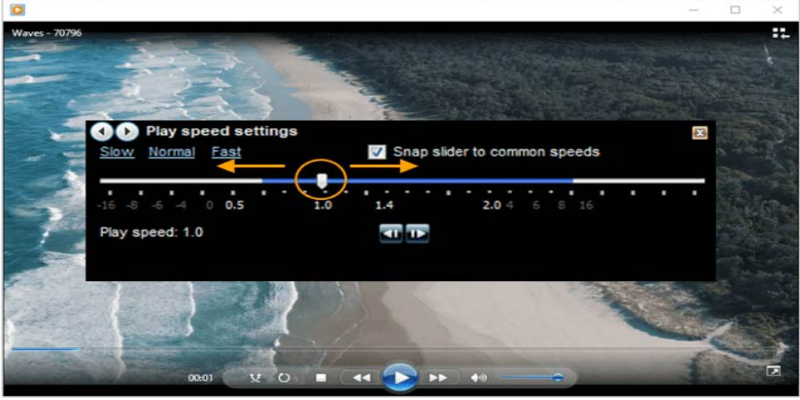
One of the easiest ways to extend video length is by slowing it down. Just don’t go overboard—nobody wants to watch a scene drag unless it serves a purpose. Aim for subtlety. A 10% to 15% reduction in speed can add seconds or even minutes to your timeline, especially if the original footage is fast-paced.
This trick works best with cinematic shots, tutorials, and videos where clear visuals are the focus. If there's a voice involved, test it to ensure the audio still sounds realistic. For spoken content, consider adjusting the audio pitch afterward so the voice doesn't sound unnatural.
Add Intros, Outros, and Break Screens
If your video jumps right into the action and ends abruptly, you’re missing prime real estate. Simple additions like a short branded intro or a soft outro with a call to action can naturally lengthen your content. Think 10-20 seconds at the beginning and end.
Break screens work well, too. These are short pauses between segments—maybe a quote, a visual cue, or just a clean title screen. They give your audience a breather and offer more polish. Use them to separate scenes or emphasize a transition.
Loop Background Footage Behind Voiceovers
If you’re narrating, your visuals don’t always have to be one continuous scene. You can reuse certain shots to match what’s being said. For example, if you’re explaining a process, loop a few seconds of related footage while your voice carries on.
This is especially useful in educational videos or reviews. Let the audio do most of the heavy lifting while the visuals support it without constantly needing something new.
Insert Supplementary Clips
Got B-roll? Use it. These are supporting visuals—anything from a close-up of hands working to landscape shots or cutaways to other angles. They’re incredibly helpful when you need to cover edits or extend runtime without disrupting the flow.
If you don’t have your own, stock footage is a great option. There are plenty of free and paid libraries where you can find what you need. Make sure the style and lighting match your main video so everything feels consistent.
Repeat Key Moments Strategically
Notice the word “strategically.” This doesn’t mean showing the same scene twice without a reason. But if there’s a moment that’s worth highlighting again—maybe a punchline, a step in a tutorial, or a reaction shot—consider a brief replay or slow-motion version.
Repetition can help your audience process important points, especially in how-to content. Just don’t overdo it. Once is helpful. Twice starts feeling lazy.
Add Text Overlays and Graphics
Text animations and graphics aren’t just for decoration. When used correctly, they can stretch your runtime without boring the viewer. For example, displaying quotes, stats, or important bullet points while keeping the background footage running extends both the visual and informational value of the video.
Plus, they make content easier to digest—especially if your audience is watching without sound. It’s a good way to hold their attention longer.
Extend the Ending with Calls to Action or Previews
Most viewers click away the second a video ends. You can keep them around a little longer by guiding them somewhere else—like another video, a subscribe button, or a preview of upcoming content.
Use this space to show thumbnails, teaser clips, or a brief recap. Even just 15-30 seconds here adds more time and encourages longer watch sessions across your channel.
Insert Q&A or Comments Sections
If the video is based on a tutorial, product, or discussion, consider inserting a short Q&A session or addressing viewer comments. It gives you a few more minutes of runtime and adds a personal touch.
You can answer frequently asked questions or expand briefly on points that weren’t covered deeply in the main video. This segment doesn’t need to be long—just a few thoughtful answers recorded in the same style as the original video.
Layer Music with Visual Montages
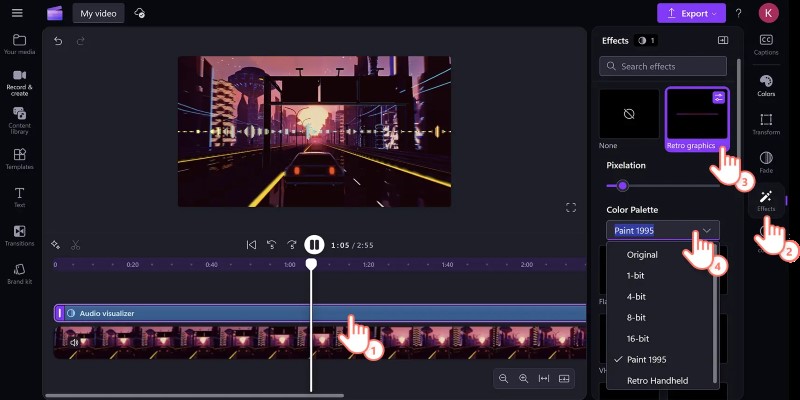
A simple instrumental track can work wonders. Add it under a short montage—maybe behind the scenes, bloopers, or a time-lapse. These kinds of segments can stretch the runtime while keeping the viewer entertained.
Montages work well near the end, serving as a soft landing before the final screen. They give your audience a little more time with the content, and it helps the video feel complete.
How to Use These Tips Without Making the Video Feel Dragged Out
It’s not about stuffing time. Every extra second should either serve the content or the viewer. Start by identifying your goal. Is it to increase retention? Hit a platform’s minimum video length? Offer more value?
Then, pick two or three of the tricks above that fit naturally with the video type. For example, a tutorial could benefit from subtitles, a B-roll, and an outro, while a vlog might lean more on montages, break screens, and background loops.
And always test. Watch your extended version all the way through. If something feels too slow or repetitive, it probably is. Trim the fat until the pacing feels right again.
Final Thoughts
Stretching your video doesn’t mean stretching your luck. With the right tools and a bit of intention, you can add time without adding fluff. Use these tricks as a way to offer a better experience—one that holds attention, builds connection, and leaves the viewer feeling like their time was well spent.
On this page
9 Tips & Tricks on How to Make a Video Longer Slow Down the Playback (But Keep It Natural) Add Intros, Outros, and Break Screens Loop Background Footage Behind Voiceovers Insert Supplementary Clips Repeat Key Moments Strategically Add Text Overlays and Graphics Extend the Ending with Calls to Action or Previews Insert Q&A or Comments Sections Layer Music with Visual Montages How to Use These Tips Without Making the Video Feel Dragged Out Final ThoughtsAdvertisement
Related Articles
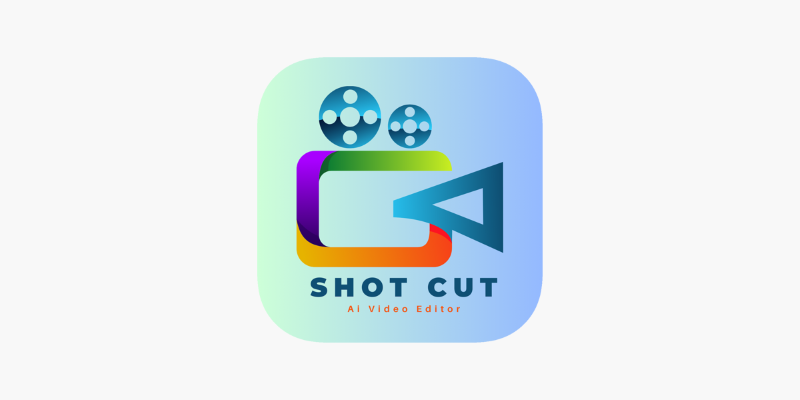
ShotCut Video Editor: A Simple and Reliable Free Tool for Video Editing

Best Loop Players for Continuous Video and Audio Playback
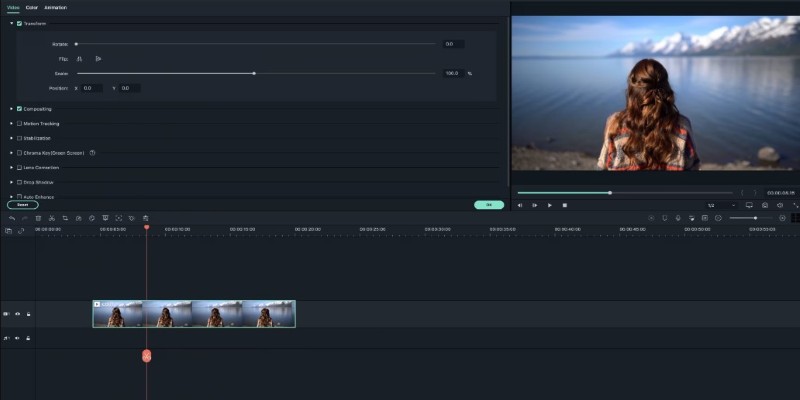
Creating Smooth Slow-Motion Videos in iMovie: A Simple Guide

Looping Clips in Adobe Premiere: A Straightforward Guide

Making Mute TikToks That Actually Keep People Watching Without Sound
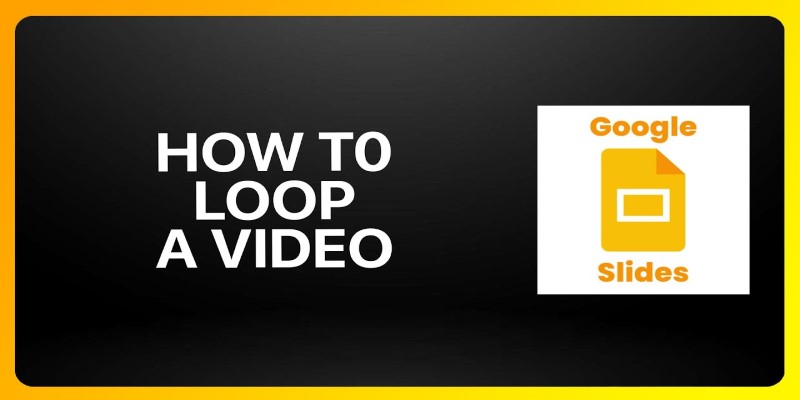
How to Loop a Video in Google Slides: A Complete Guide

Step-by-Step Guide to Converting MP4 Videos into PNG Images Online

Best Looper Apps to Turn Your Phone Into a Pocket Studio

KineMaster Video Editing App Review: A Mobile-Friendly Powerhouse

VSCO: The App for Creating Mood Through Simple, Cinematic Edits
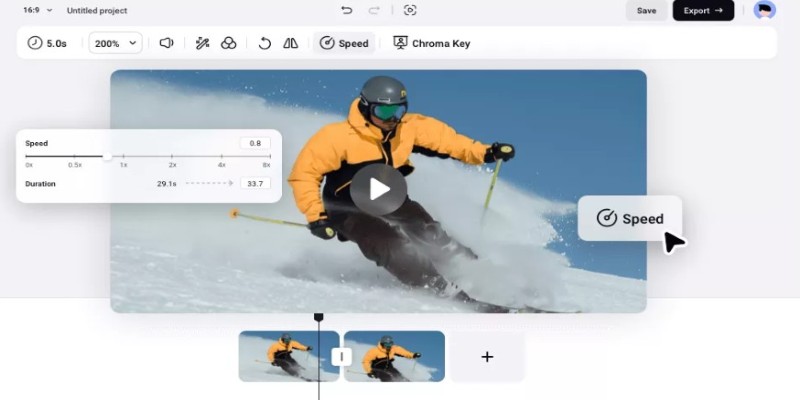
How to Get Smooth Slow Motion in After Effects Without Choppy Frames

 novityinfo
novityinfo